What Is Barley Take-All: Treating Barley Take-All Disease

Barley take-all disease is a serious problem afflicting cereal crops and bentgrasses. Take-all disease in barley targets the root system, resulting in root death and can result in significant financial loss. Treating barley take-all relies on recognizing the symptoms of the disease and requires a multi-management approach.
About Barley Take-All Disease
Take-all disease in barley is caused by the pathogen Gaeumannomyces graminis. As mentioned, it afflicts small cereal grains such as wheat, barley, and oats as well as bentgrass. The disease survives on crop debris, grassy host weeds, and volunteer cereals. The mycelium infects the roots of living hosts and as the root dies it colonizes the dying tissue. The fungus is primarily soil borne but soil fragments can be transmitted by wind, water, animals, and cultivating tools or machinery.
Barley Take-All Symptoms
Initial symptoms of the disease arise as the seed head emerges. Infected roots and stem tissue darken until it is almost black and lower leaves become chlorotic. The plants develop prematurely ripe tillers or “whiteheads.” Usually, plants die off at this stage of infection, but if not, difficulty in tilling becomes apparent and black lesions extend from the roots up into the crown tissue. Take-all disease is fostered by moist soil in areas of high rainfall or irrigation. The disease often occurs in circular patches. Infected plants are easily pulled from the soil due to the severity of the root rot.
Treating Barley Take-All
Control of barley take-all disease requires a multi-pronged approach. The most effective control method is to rotate the field to a non-host species or as a weed-free fallow for a year. During this time, control grassy weeds that can act harbor the fungus. Be sure to till in crop residue deeply or remove it entirely. Control weeds and volunteers that act as hosts for the fungus especially 2-3 weeks prior to planting. Always select a well-draining site to plant the barley. Good drainage makes the area less conducive to take-all disease. Soils with a pH under 6.0 are less likely to foster the disease. That said, applications of lime to change the soil pH can actually encourage more severe take-all root rot. Combine the lime application with a crop rotation of fallow period to reduce the risk. The seed bed for the barley crop should be firm. A loose bed encourages the spread of the pathogen to the roots. Delaying fall planting also helps reduce the risk of infection. Lastly, use ammonium sulfite nitrogen fertilizer instead of nitrate formulas to reduce root surface pH and thus the incidence of the disease.
Gardening tips, videos, info and more delivered right to your inbox!
Sign up for the Gardening Know How newsletter today and receive a free copy of our e-book "How to Grow Delicious Tomatoes".

Amy Grant has been gardening for 30 years and writing for 15. A professional chef and caterer, Amy's area of expertise is culinary gardening.
-
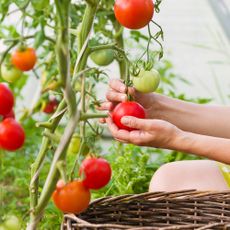 Best Indeterminate Tomatoes: Flavor-Packed Varieties For Fresh Harvests All Summer Long
Best Indeterminate Tomatoes: Flavor-Packed Varieties For Fresh Harvests All Summer LongIndeterminate tomatoes are vining varieties that fruit all season. Discover their distinctive features and how to choose the best type to grow in your garden.
By Bonnie L. Grant
-
 The Dangers Of AI For Gardening – How To Know What’s Real When It Comes To Your Garden
The Dangers Of AI For Gardening – How To Know What’s Real When It Comes To Your GardenThings aren’t always what they seem when it comes to using AI for gardening. Be discerning when relying on AI for accuracy, and take the time to do research.
By Teo Spengler
-
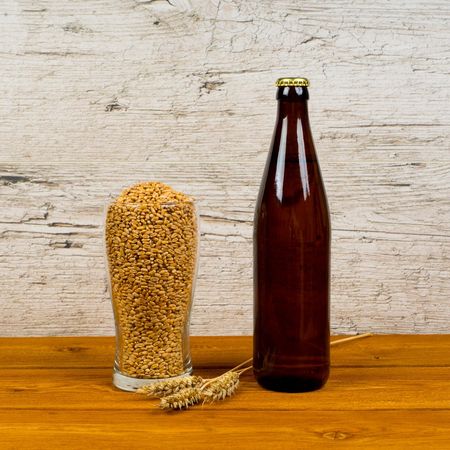 Growing Malted Barley – How To Grow Beer Barley At Home
Growing Malted Barley – How To Grow Beer Barley At HomeToday, there are many beer making kits available, but why not take it a step further by growing your own malted barley. Click on the following article to find out how to grow and harvest malted beer barley from your own backyard.
By Amy Grant
-
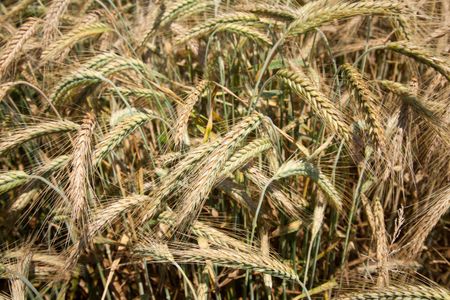 Barley Harvest Tips – How And When To Harvest Barley
Barley Harvest Tips – How And When To Harvest BarleyYou can easily grow a few rows of barley in your backyard garden. The trick to getting a good crop is knowing how and when to harvest barley. Click here for information about how to harvest barley, including tips on the timing of a barley harvest.
By Teo Spengler
-
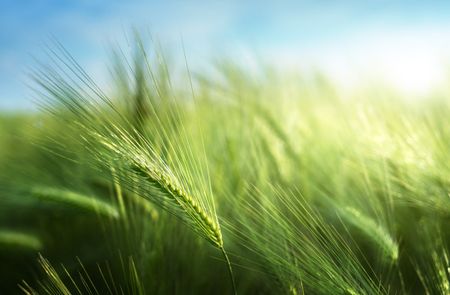 Barley Grain Care Guide: Can You Grow Barley At Home
Barley Grain Care Guide: Can You Grow Barley At HomeCan you grow barley at home? You don't need acres of land to grow barley in the garden, but it may be hard to source small amounts of seed. Even if you are not a beer enthusiast, you can learn how to grow barley for bread, soups and stews. This article can get you started.
By Bonnie L. Grant
-
 Barley Tillering And Heading Information – Learn About Barley Heads And Tillers
Barley Tillering And Heading Information – Learn About Barley Heads And TillersIf you are thinking of growing barley in your home garden, you’ll need to learn about barley tillering and heading. What are barley tillers? What is a barley head? Click on the following article to learn the ins and outs of tillering and heading of barley plants.
By Teo Spengler
-
Barley Basal Glume Blotch – How To Treat Glume Rot On Barley Plants
Basal glume blotch is a disease that can affect cereal grains, including barley, and can cause serious damage to the plant and even kill young seedlings. Click the following article to learn more about recognizing and treating basal glume blotch of barley crops.
By Liz Baessler
-
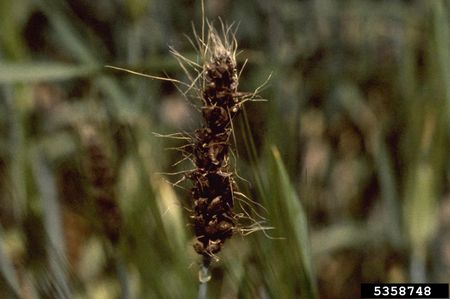 Barley Loose Smut Info: What Is Barley Loose Smut Disease
Barley Loose Smut Info: What Is Barley Loose Smut DiseaseBarley loose smut? It is a seed-borne illness that can occur anywhere barley is grown from untreated seed. The name comes from the loose seed heads produced that are covered in black spores. You don't want this in your field, so click here for more barley loose smut info.
By Bonnie L. Grant
-
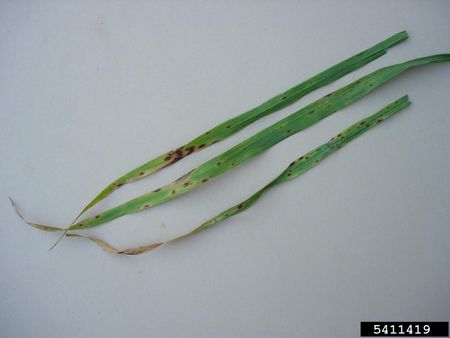 Spot Blotch Of Barley: How To Treat Barley With Spot Blotch Disease
Spot Blotch Of Barley: How To Treat Barley With Spot Blotch DiseaseBarley spot blotch disease can affect any part of the plant at any time. The disease can reduce yield and kill young plants. Click on the following article to learn about the steps to prevent and treat barley spot blotch.
By Bonnie L. Grant
-
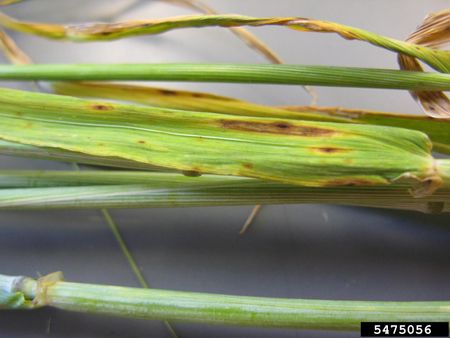 Barley Leaf Blotch Control: Treating Barley Speckled Leaf Blotch
Barley Leaf Blotch Control: Treating Barley Speckled Leaf BlotchBarley speckled leaf blotch is a fungal disease resulting in lower yields. While barley with leaf blotch is not a fatal condition, it opens the crop up to further infections that can decimate the field. Learn about preventing and treating leaf blotch in barley crops here.
By Amy Grant
